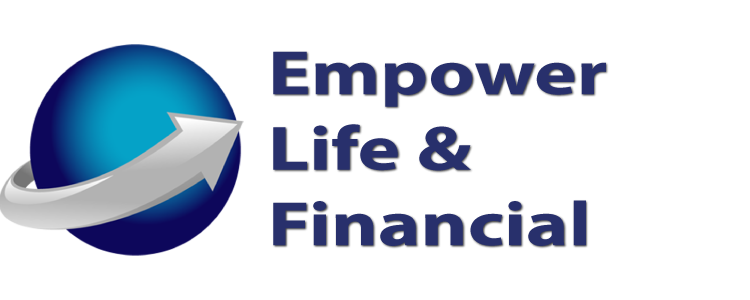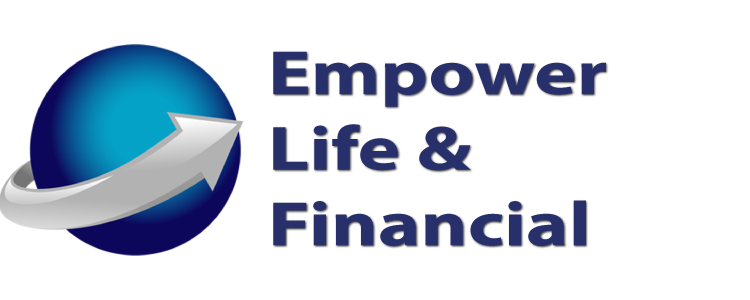
Image by Anthony Shkraba
Acupuncture History
Acupuncture is a treatment that has grown in popularity, evolving into a widely utilized form of integrative medicine around the world. This practice originated in China in 2500 BC and was first used in the U.S. during the 1800s. During this time, many believed acupuncture to be a hoax and an unreliable source of treatment, slowly discontinuing the use of the practice. Many years later, patients who experienced unsuccessful medical procedures and surgeries turned to acupuncture as a holistic remedy for relief. With patients slowly proving the effectiveness of acupuncture over the years, the practice was then publicized in 1997 with the U.S. National Institute of Health citing the positive results of acupuncture treatments. This lead to the widespread of acupuncture treatments across the United States. So, what is acupuncture and how can it benefit human health?
What Are the Benefits of Acupuncture?
Acupuncture is known as an ancient Chinese remedy for internal healing. Traditional Chinese medicine is based on the aligning of forces−yin and yang−between the universe and the body. Vital energy called “qi” is naturally produced within specific pathways within the body while keeping the forces of yin and yang unified. It is believed that when these two forces are in balance, the body is healthy. When these forces become unbalanced, pathways are blocked disrupting the natural exertion and production of qi, leading to the body’s inability to function properly in fighting off diseases and maintaining a normal body temperature—this may lead to pain, illnesses, infections, and other health conditions. Acupuncture was originally practiced as internal medicine to promote natural self-healing to balance these two forces, resulting in the body’s return to homeostasis for proper healing.
In ancient times, acupuncture was initially practiced by stimulating specific acupuncture points (acupoints) with sharpened, needle-like bone fragments. By inserting these fragments into the acupoints, it is said to release the pathway blockages allowing optimal qi flow; therefore, supplying healing properties to the body whilst yin and yang forces stabilize. Today, acupuncture procedures have advanced from using bone fragments to inserting sterilized needle-point pins into acupoints to reduce negative energy, pain, and stimulate the body to function properly. With the evolution of this practice, we have seen improved techniques, new sites of acupoints, and greater results after treatments. Acupuncture is now proven to be an effective treatment for stress and many underlying health conditions such as,
- Nausea or vomiting caused by chemotherapy
- Dental pain
- Headaches and migraines
- Labor and menstrual pains
- Back and neck pain
- Arthritis
- Respiratory disorders
- Depression
Acupuncture Treatment Procedures
Acupuncture is performed by licensed specialists who have studied acupunctural therapy for numerous years. In a typical acupuncture session, the specialist takes around 30 minutes of the session to ask detailed questions about the patients’ overall health, medical history, or lifestyle. They may also ask about pain, emotions, health conditions, and medication intake to accurately assess the patient before treatment.
The specialist will then create a specific treatment plan of precise needle insertions. This may require articles of clothing to be removed depending on the location of the acupoints. The patient will lay on a padded table, much like a massage table, and proceed with their session. A typical insertion treatment may last 30 minutes to an hour, using an average of 5 to 20 needles−although, the needles are not in the skin for that long. Additional needles may be required depending on the patient’s condition, resulting in a longer session time. These needles mimic the width of a thin strand of hair and are often painless upon insertion, although some may feel a small pricking sensation. It is said to be less painful than a vaccine, as these needles are solid and much thinner than hollow medical needles.
Patients often book sessions once or twice a week depending on the condition being treated. Sometimes it is required to schedule an average of 6 to 8 treatments each month for multiple months varying on the signs of the patient’s improvement. It may take multiple sessions to see improvements. Many patients tend to feel relaxed or energized and may show advancements in sleep patterns and mental clarity after just one session. Some may feel tired or sore after their session, with symptoms improving after a few hours or days.
Takeaways
Acupuncture can be very beneficial to your health and may help you overcome underlying health concerns. Before considering acupunctural therapy, consult with a trusted healthcare provider to discuss your condition and if this treatment would be beneficial to you. Many insurance providers may cover treatment costs. Confirm with your health insurance provider if the costs of treatments can be covered with your plan.
Life Insurance Questions?
We hope that this information on acupuncture is useful to you.
If you’d like to learn how we can help you plan your retirement, call Empower Brokerage at (888) 539-1633 to speak to one of our Life and Annuity experts or leave a comment down below.
Get affordable life insurance quotes by clicking here.
See our other websites:

